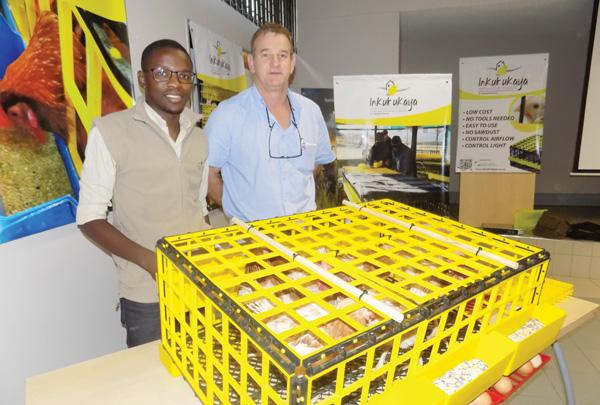
Broader better labour survey

Namibia Statistics Agency Director General, Dr John Steytler. (Photograph by Hilma Hashange)
This is the first Labour Force Survey to be conducted entirely by the Statistics Agency and the first one to be conducted on an annual basis.The last labour force survey was conducted in October 2012 by the Statistics Agency in partnership with the Ministry of Lands and Social Welfare.
Of all national statistics, the unemployment rate produced by the Labour Force Survey is one of the most widely used indicators to assess the health of the economy and the labour market. Results of the last conducted survey of 2012 released in April this year, revealed that the broadly defined unemployment rate is estimated at 27.4% while the narrow unemployment rate is 16.7%.The previous survey conducted in 2008 reported a 51.2% unemployment rate.
However, according to NSA Director General, Dr John Steytler, the survey should not be seen as an employment survey even though employment will be one of the indicators on the survey. “The annual labour force surveys are instrumental in providing up-to-date information on developments in the labour market for public and private sector policy makers.This survey is the official source of labour force statistics and the official unemployment rate is calculated on the basis of this survey,” Steytler noted.
During the survey, 9108 households will be sampled in all 14 regions and in all constituencies. At least 40,000 people are expected to be interviewed during the survey. According to Steytler, the selection of households will be aided by the use of a Geographic Information System (GIS), placing Namibia among the top countries in the world using best practice to collect its labour force statistics.
“That is why before the actual interviews, our trained fieldworkers will already know from visual maps, the exact location of the households selected for inclusion in the survey,” said Steytler.
Steytler admits that although there exists issues with the previous methods used to conduct the survey, the same methodology will be applied to this survey with only minor changes.
“We have full confidence in the methodology of the survey. We do not want to change it except taking out some questions and streamlining the questions. All the core questions will still exist,” he said.
Steytler also noted that all future surveys will be conducted around the same period to standardise the process and avoid making irrelevant comparisons.
According to the Director General, the final results of the survey are expected to be released in March 2014.However, he added that although the Statistics Agency is confident it will process the results quicker, focus will be placed on producing quality and reliable results instead. “We have opted to use the time available to focus instead on producing quality results,” he said. Steytler warned that refusing to participate in the survey is a violation of the Statistics Act of 2011 and urged all sampled households to cooperate with the field staff.










































